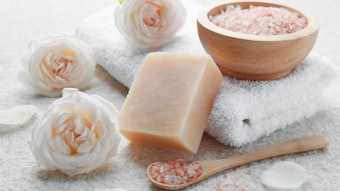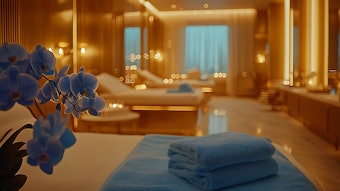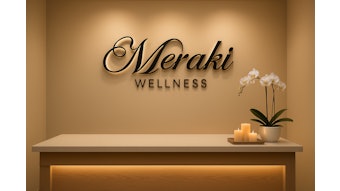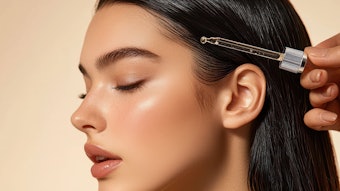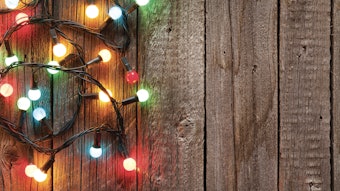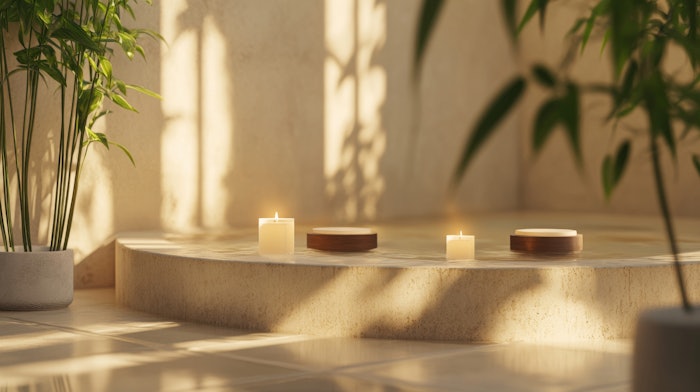
Successful spa design transcends mere aesthetics, creating environments that foster healing, rejuvenation and transformation. I had the opportunity to speak with industry experts and discuss how thoughtful design elements enhance guest experiences while supporting business objectives and staff well-being.
This article is only available to registered users.
Log In to View the Full Article
Successful spa design transcends mere aesthetics, creating environments that foster healing, rejuvenation and transformation. I had the opportunity to speak with industry experts and discuss how thoughtful design elements enhance guest experiences while supporting business objectives and staff well-being.
Dr. Glenn Nowak, an associate professor of architecture and founder of the Hospitality Design Lab at UNLV, stated that truly immersive spaces require more than individual elements. "When architectural acoustics, soundscape, olfactory, as well as tactile sensations, are harmoniously integrated, they have the potential to elevate the whole endeavor." According to Dr. Nowark, "Your spa experience is only as strong as the weakest link."
Joni Torres, spa director at Golden Nugget, Las Vegas, noted, "From the moment guests step into the spa, every design element should contribute to a seamless and immersive experience. The layout, lighting, color scheme and choice of materials all play vital roles in shaping guests' perceptions and emotions."
Multisensory Sanctuaries
Dr. Mark Lumpkin, director of fitness & wellness at Reeves Country Recreation Center, pointed out essential elements that promote relaxation: "Natural and neutral tones, integrated elements like wood and stone and ambient mood lighting help create a liminal space where deeper levels of healing become possible."
Dr. Lumpkin also emphasized the importance of spacious, media-free relaxation areas where clients can unwind before and after treatments in spa design. The integration of water features is essential for authentic spa experiences. "Steam and sauna are always a great benefit and are enjoyed by 95% of those who have come through the facility. Historically, 'spa' meaning Sanus Per Aqum - 'health through water' remains a vital and necessary component for any authentic spa."
The Power of Color Psychology
Kaylee Barnett, a graduate student at the UNLV School of Architecture, shared her insights into the impact of color and its influence on both guest and staff experiences. "Color isn't just a visual element—it's a powerful tool that shapes mood, energy levels and overall well-being." While recent trends favor minimalistic, neutral palettes, Kaylee advocates for intentional color usage to enhance the spa environment.
For relaxation areas, Kaylee recommends shades of green and blue to reduce stress levels. Purple tones can enhance spaces for spiritual connection and meditation. More energetic areas might benefit from carefully placed warm colors: red for vitality-focused treatments, orange for creativity and yellow for mental clarity and cognitive stimulation.
Balancing Technology and Tradition
Modern spa design must accommodate both traditional services and cutting-edge wellness technology. Joni Torres described the innovative strategies at her facility: "We explored adding immersive wellness through LEDs that provide transformative experiences using augmented and virtual reality. Imagine simulating a window overlooking a beautiful desert in the waiting room or tropical rainfall near our hot tubs."
Dr. Nowak suggests research-informed decision-making when incorporating technology. "As the relationships between built environment and spa business effectiveness are further understood, design will become an increasingly important part of the equation," he states.
Sustainable Design Integration
While sustainability often takes a back seat to functionality and aesthetics due to budget constraints, Dr. Nowak argues for a more holistic approach. "Sustainable design can equally influence the functionality of a space and perceptions of it," he explains. "From natural light integration to specifying furnishings from rapidly renewable resources, sustainability should be viewed as an opportunity for impacting overall business well-being."
Evolution and Adaption
Dr. Lumpkin's facility demonstrates how spa design evolves to meet changing needs. "Guest feedback indicates future facilities will incorporate easy spa access with integrated locker rooms and aquatic features," he shares. His center focuses on innovative offerings like Red Light Therapy and Hyperice Recovery Services, alongside traditional treatments.
Joni Torres noted the importance of maintaining brand identity: "Small incremental changes help preserve the essence of your spa without overhauling. For instance, we added potted plants, green table sashes and bamboo guest trays to bring small pops of color while maintaining our signature dark earth tones."
Practical Implementation
For spa directors considering design updates, the experts recommend:
- Creating media-free relaxation zones with soft lighting and neutral tones
- Incorporating biophilic elements through natural materials and patterns
- Using color strategically to support different treatment areas' purposes
- Ensuring seamless integration of technology with traditional elements
- Making sustainable choices that enhance the guest experience and operations
- Ensuring proper temperature control, ventilation and humidity levels for guest comfort
- Incorporating design elements that support revenue generation through strategic retail placement and VIP areas
- Prioritizing clear navigation in the location, while minimizing prominent signage through intuitive design
Flow and Functionality
Kate Swick, Las Vegas Spa Association director of community outreach and astrologer, advocates for an intuitive design that guides guests naturally through the space. "I focus on incorporating curves within the design to create gentle movement and natural progression. For example, if you have a high-traffic area, use a round table versus a square table to naturally guide the traffic, similar to a roundabout for cars."
Drawing from retail experience, Kate transformed traditional merchandising techniques: "We introduced beautiful round silver bowls filled to the brim with lower-priced items. This approach maintained the visual appeal of abundance while complementing the spa's elegant design."
Designing for Success
Successful spa design integrates multiple sensory elements—from thoughtful space planning and color psychology to cultural sensitivity and retail strategy. By prioritizing both aesthetic appeal and practical functionality, spa directors can create environments that support business objectives while delivering transformative experiences. Through careful consideration of these elements, spas can create environments that promote healing, rejuvenation and lasting value for both guests and businesses.

